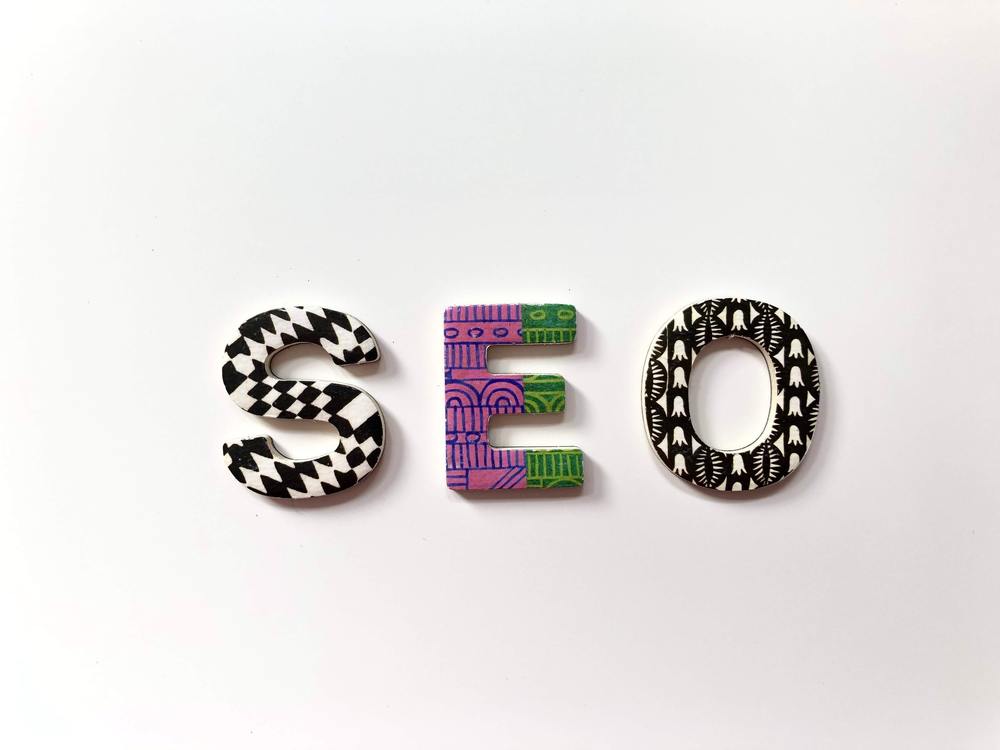For as long as the internet has existed, it has been an unequal playing field for those with disabilities. People with limited hearing and vision or difficulty reading cannot access websites and online content the same way others can. 59.6% of people with disabilities live in households that have internet access. However, inaccessible websites exclude them from fully engaging with online content.
Businesses with inaccessible websites don’t realize the significance of Web Accessibility and User Experience, although it has multiple benefits.
Websites accessible to all people offer better user experiences because designers account for everyone who might visit their site—not just enabled people but also those who cannot see well, hear well or move around freely.
In this article, we’ll explain the significance of Web Accessibility and User Experience (UX). Taking steps to ensure that all users who visit your website, regardless of ability, can have a meaningful experience will help boost your rankings in search engines, get you more visibility and ultimately, improve your bottom line.
Improve Your SEO with UX Research

SEO, if done incorrectly, can be detrimental to your website.
With accessibility in mind, create a more pleasant, inclusive user experience for all your readers. Do UX research and know the pain points of your potential visitors. While researching user experience, it is essential to include everyone, including those with disabilities, without discrimination.
A website that’s friendly to all users is more likely to rank higher in search results. It’s an important factor to consider when creating or updating your website.
For example, if you have an unresponsive web layout or a broken search box, you’re not following some fundamental SEO best practices. You might rank high initially, but search engines may impose a penalty on your site, and your ranking will drop.
Rank Higher with UX Best Practices: Implement Stellar Content, Videos with Subtitles and Format Textual Content

What’s your top SEO tactic? For 71% of marketers, it is targeting strategic keywords through content creation. However, it’s not as straightforward as it might seem.
You must follow SEO best practices that also consider user experience and accessibility.
For instance, when creating video content, add subtitles because it ensures a better experience for users who are deaf and unable to hear your video’s audio. This is also helpful for anyone in a hushed environment, such as, someone sitting in a library with no headphones.
Adding subtitles is simple to implement. Today, there are AI-based tools that will add subtitles to your videos in seconds, automatically. For example, check out this page on how to add subtitles to a video with Happy Scribe.
Just as there are best practices for video content to ensure a significant user experience, there are also best practices for textual content as well. Leaving enough white space, choosing the right font, and choosing where to bold or italicize for emphasis, all add to a better reading experience for users.
Reach More of Your Audience

A significant percentage of your potential readers may have a disability. Over 1 billion people have some form of impairment. If you aren’t considering web accessibility during the design process, you may be missing out on a large portion of your target audience.
You can reach those users if your website is more accessible.
Build a Positive Image and Reputation
If your website is difficult to use and nearly impossible to navigate, you’re creating a bad user experience that reflects poorly on your business. Regardless of ability, you only have a limited amount of time to make a good first impression. If users can’t find what they’re looking for or your site takes too long to load, they’ll leave and potentially, won’t come back.
Become an Ally by Improving Usability

If you’re creating a website that is inaccessible, you may be preventing people from being able to perform work that is crucial to their livelihood.
For example, those with visual impairments may rely on screen readers to navigate websites. If yours is not compatible with a screen reader, an incredibly useful technological advancement is of no use.
When considering people with disabilities in your web design process, you can work toward improving disability inclusion.
According to the Centers for Disease Control and Prevention,
“Including people with disabilities in everyday activities and creating accessible environments and equitable opportunities that support them in holding roles similar to their peers who do not have a disability is disability inclusion. This involves more than simply encouraging people to participate in activities; it requires making sure that adequate policies, accessible programs, and inclusive practices are in effect in a community or organization. Disability inclusion means understanding the relationship between the way people function, how they can participate in society, and making sure everybody has the same opportunities to participate in every aspect of life to the best of their abilities and desires. Disability inclusion entails identifying barriers that potentially impact people with disabilities to independently live and be fully engaged in their communities.”
Final Thoughts
Approachable web design and functionality is a positive step toward a more inclusive technological landscape for people with disabilities and those with unequal access to digital technology.
Accessibility and User Experience are incredibly significant, not just for users, but for your business as well. Designing a website that is friendly to all visitors is an essential part of ensuring that your business is successful.
Providing a more meaningful and engaging user experience through your website is better for everyone. Following the guidelines above will help you establish a more inclusive environment for your audience and become more visible online.
The opinions expressed here by Guest Contributors are their own, not those of Rise Marketing.